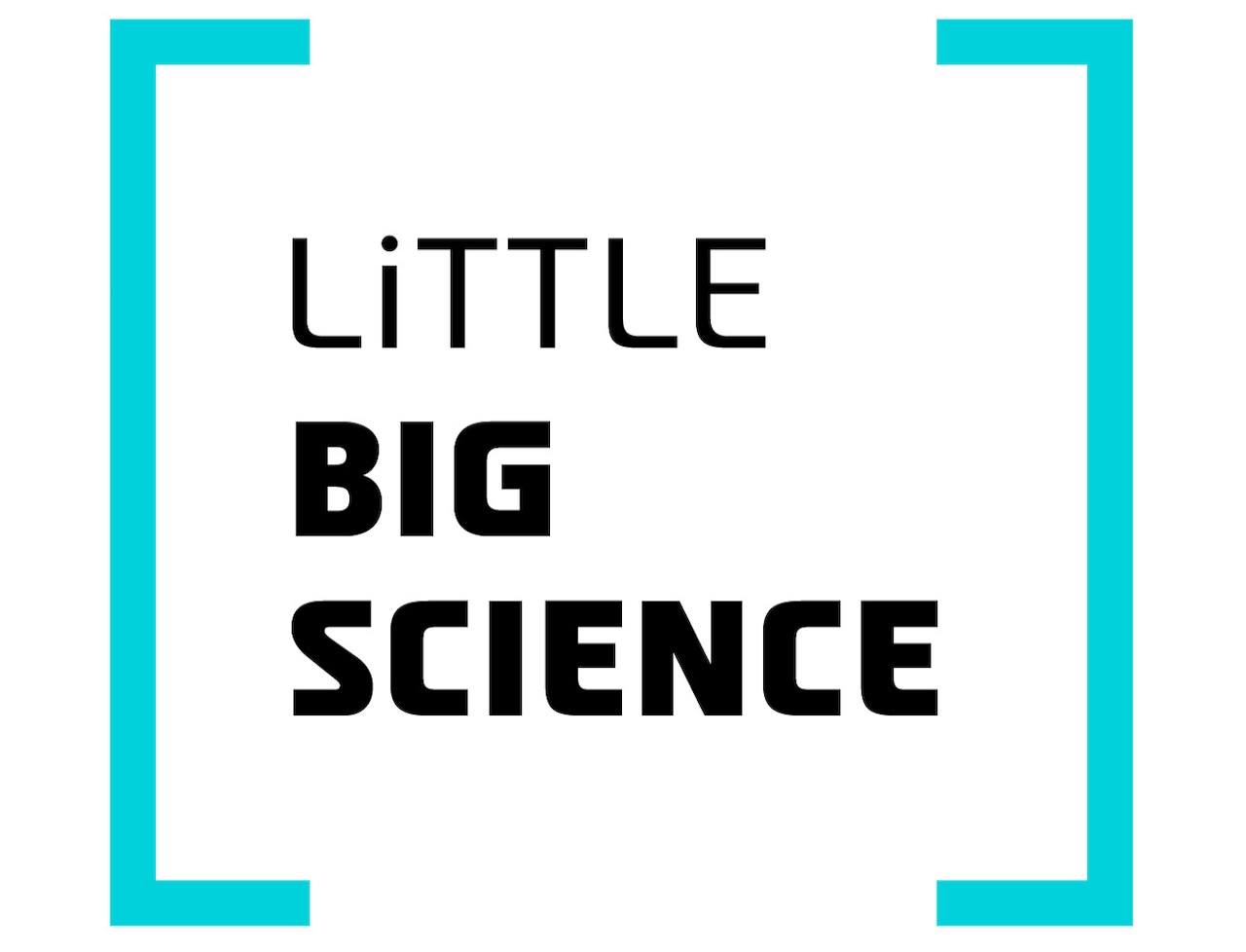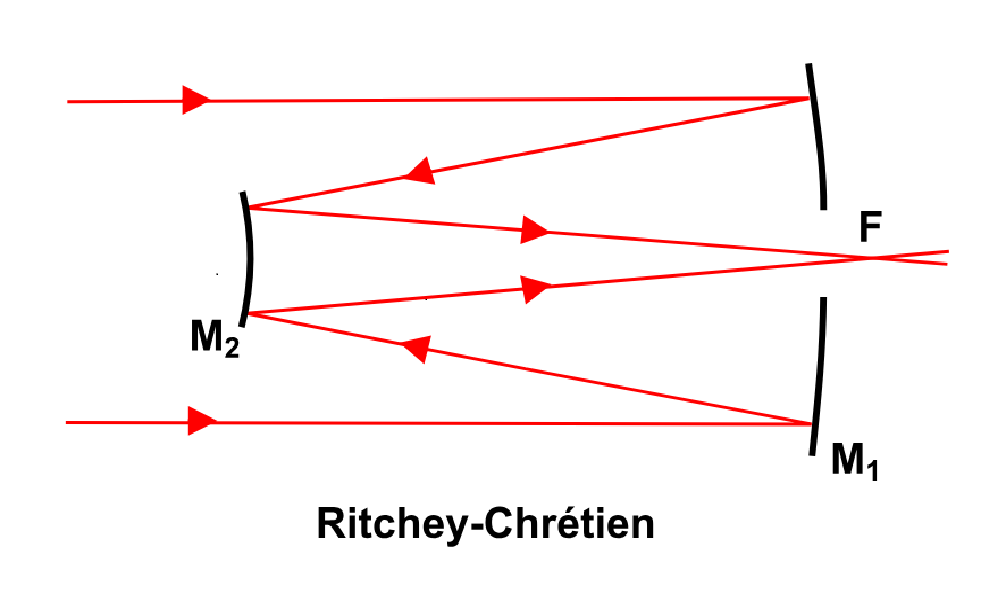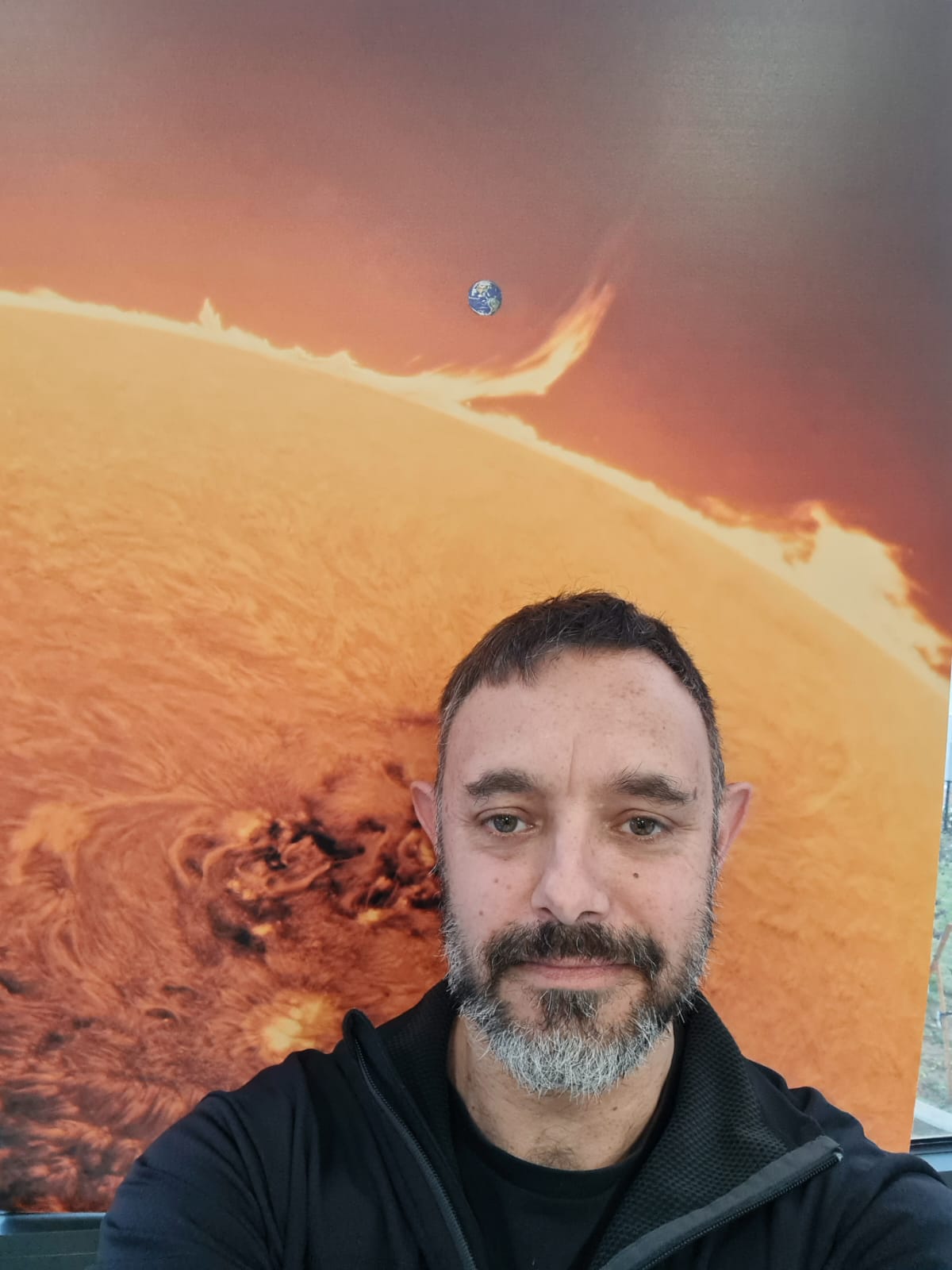
A giant observatory named after Vera C. Rubin is being constructed in Chile, and it will image the entire visible sky every 3–4 nights. We are eagerly waiting for it to become operational because it will advance our knowledge of the universe’s large-scale structure, deepen research into dark energy and dark matter, enable the discovery of hazardous asteroids, and perhaps even confirm the existence of a ninth planet. Who was Vera C. Rubin and what did she contribute to our understanding of the cosmos? How will the telescope work, and what unique capabilities will it have? Read on.
Advertisement
The Vera Rubin Observatory will open in 2025 Chile. The work of Dr. Vera Rubin (1928–2016), a Jewish-American astronomer [1], provided convincing evidence that the motion of certain celestial objects does not match what is expected from the amount of matter we can observe and the laws of gravity as we know them. This discrepancy can be explained either by correcting the laws of gravity or by the existence of matter whose mass we feel but cannot observe. This hypothetical substance was dubbed “dark matter” [2]. Studying the motion of galaxies, Rubin discovered that inner and outer stars in galaxies orbit the galactic center at the same speed. Because stellar motion is governed by gravity, general relativity predicts that a star’s speed should depend on its distance from the galactic center. To reconcile the contradiction without modifying general relativity, the idea of dark matter was proposed—matter with mass that influences speed but has no interaction with electromagnetic fields, so we cannot see it. Measurements indicate that, if dark matter exists, it accounts for 26.8 % of the universe’s total matter-energy content.
The uniqueness of the Vera Rubin Observatory lies in its aim to photograph the entire sky within a few days [3]. It will do so systematically every three to four nights, and the frequent scans will yield an organized, detailed sky map. Consequently, Rubin Observatory will be especially effective at detecting objects whose brightness changes over time (for example, supernovae) or whose positions change (such as asteroids). In addition, its light-collecting power and sensitive camera are expected to help discover about 17 billion stars and roughly 20 billion galaxies that have never been observed.

Rendering of the telescope. Source: LSST Project Office – http://www.lsst.org/gallery/telescope-rendering-2013, CC BY-SA 4.0, https://commons.wikimedia.org/w/index.php?curid=42054166
The telescope’s capabilities will contribute to understanding the large-scale structure of the universe and to studying dark energy and dark matter. It is expected to detect 90 % of the objects in our Solar System larger than 300 meters (for example, large asteroids) and will allow us to measure the gravitational influence of dark matter across wide regions and to track the motion of galaxies over time.
One goal astronomers hope to achieve using the Rubin Observatory is proof of the existence of a ninth planet in our Solar System [4]. Calculations suggest that a distant planet exists (if you are using Waze, take a left after Neptune), but the theoretical planet has never been seen or detected: if it exists, its average distance from the Sun is twenty times that of Neptune, it moves very slowly, and it is rocky, so its reflected light is extremely faint and current telescopes struggle to spot it. The telescope’s light-collecting power and its ability to image the whole sky every few days will allow its software identify a distant, faint object whose path shifts relative to the stars.
One of the telescope’s important features is its enormous field of view—3.5 degrees. The field of view is the angular area within which an object can be seen without moving one’s head or eyes, measured in degrees [5]. Telescopes designed for deep-sky observations of galaxies, nebulae, and star clusters usually have a much narrower field, sometimes less than one degree. For comparison, the Moon’s angular diameter is about half a degree, while the Andromeda Galaxy’s angular width is about three degrees (see illustration).

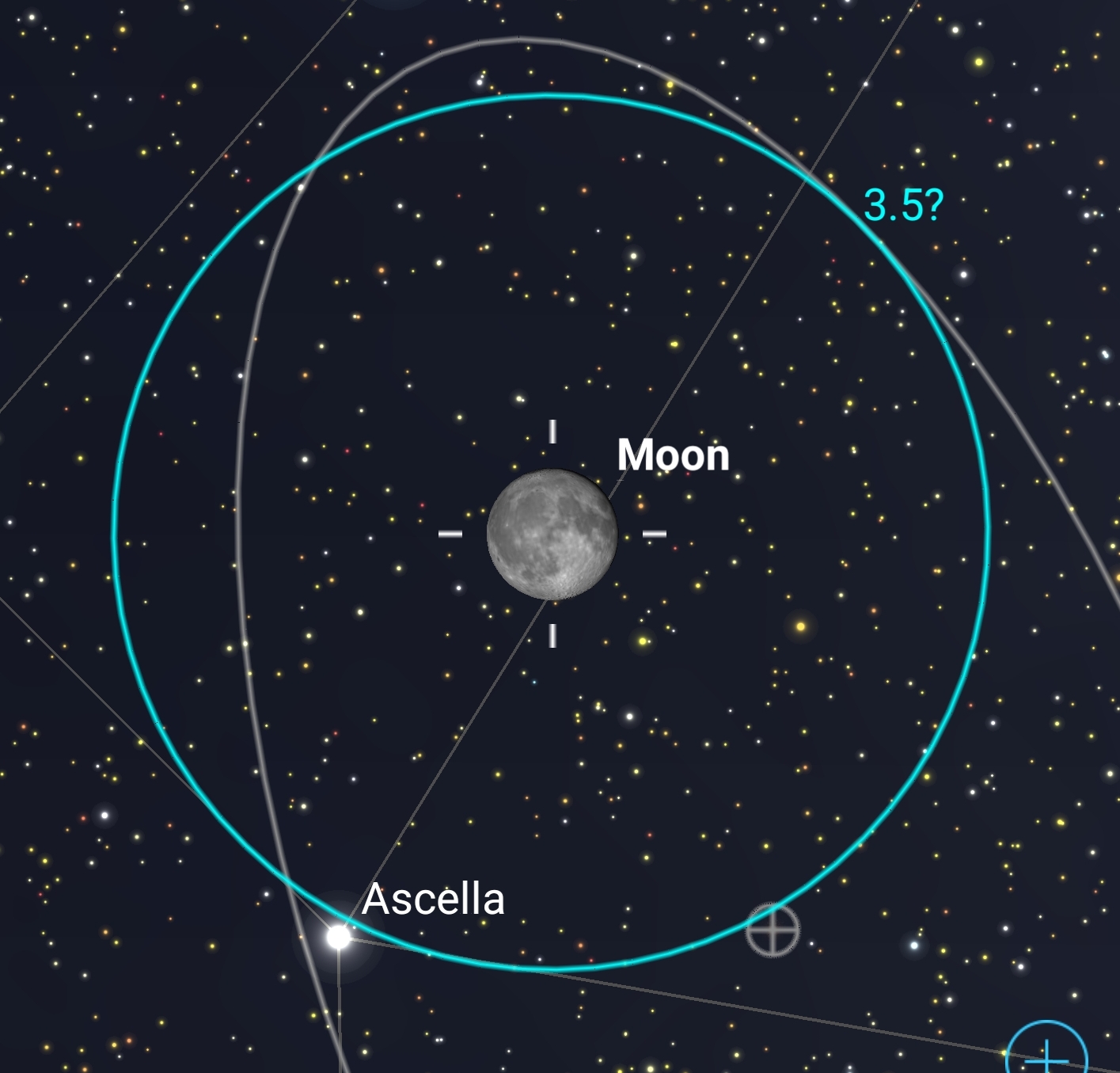
Illustration of the telescope’s field of view
The telescope consists of a giant 8.4-meter primary mirror, paired with a camera whose sensor resolution is 3.2 gigapixels. By comparison, consumer cameras are equipped with sensors of only tens of megapixels.
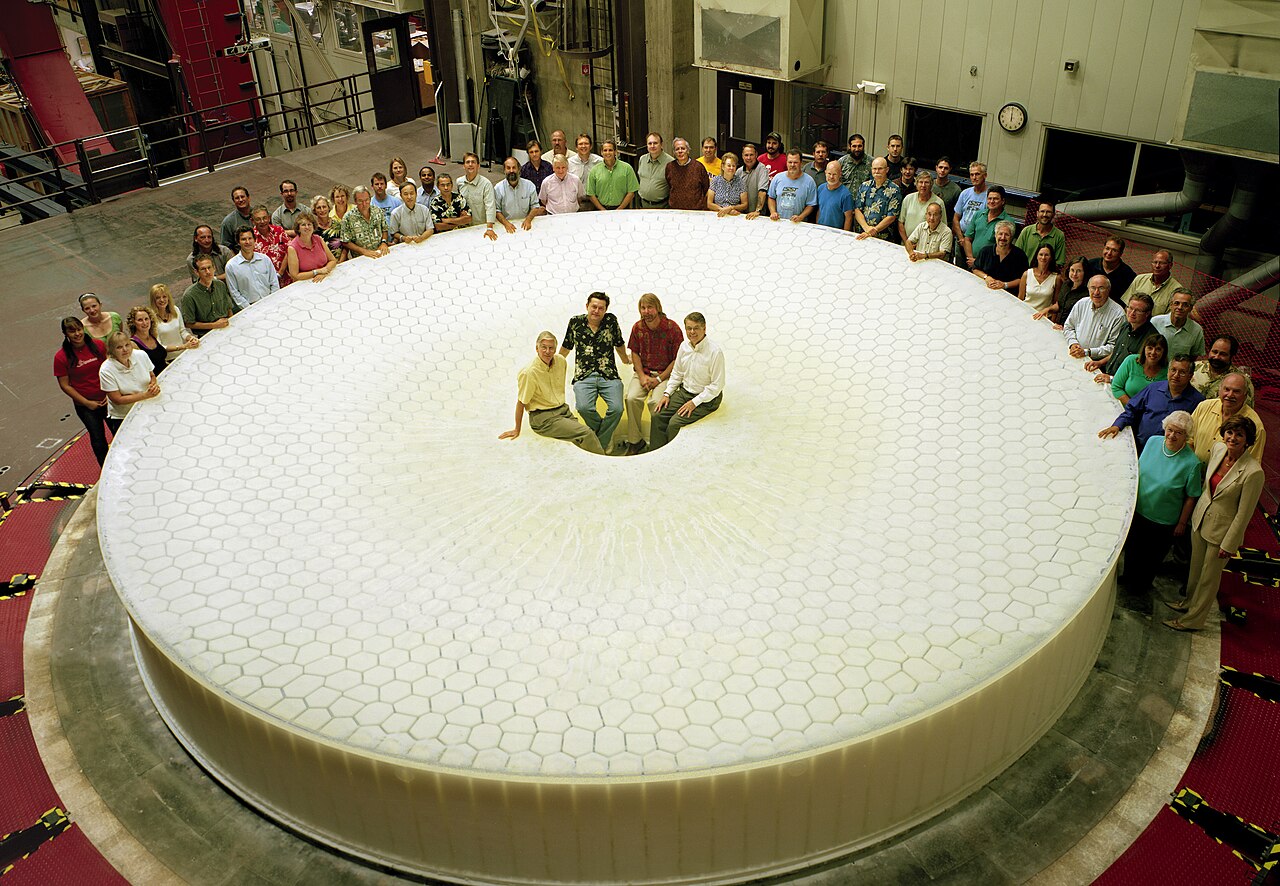
The mirror before polishing. By Howard Lester / LSST – https://www.lsst.org/sites/default/files/photogallery/Group_photo-full.jpg, CC BY-SA 4.0, https://commons.wikimedia.org/w/index.php?curid=52230321
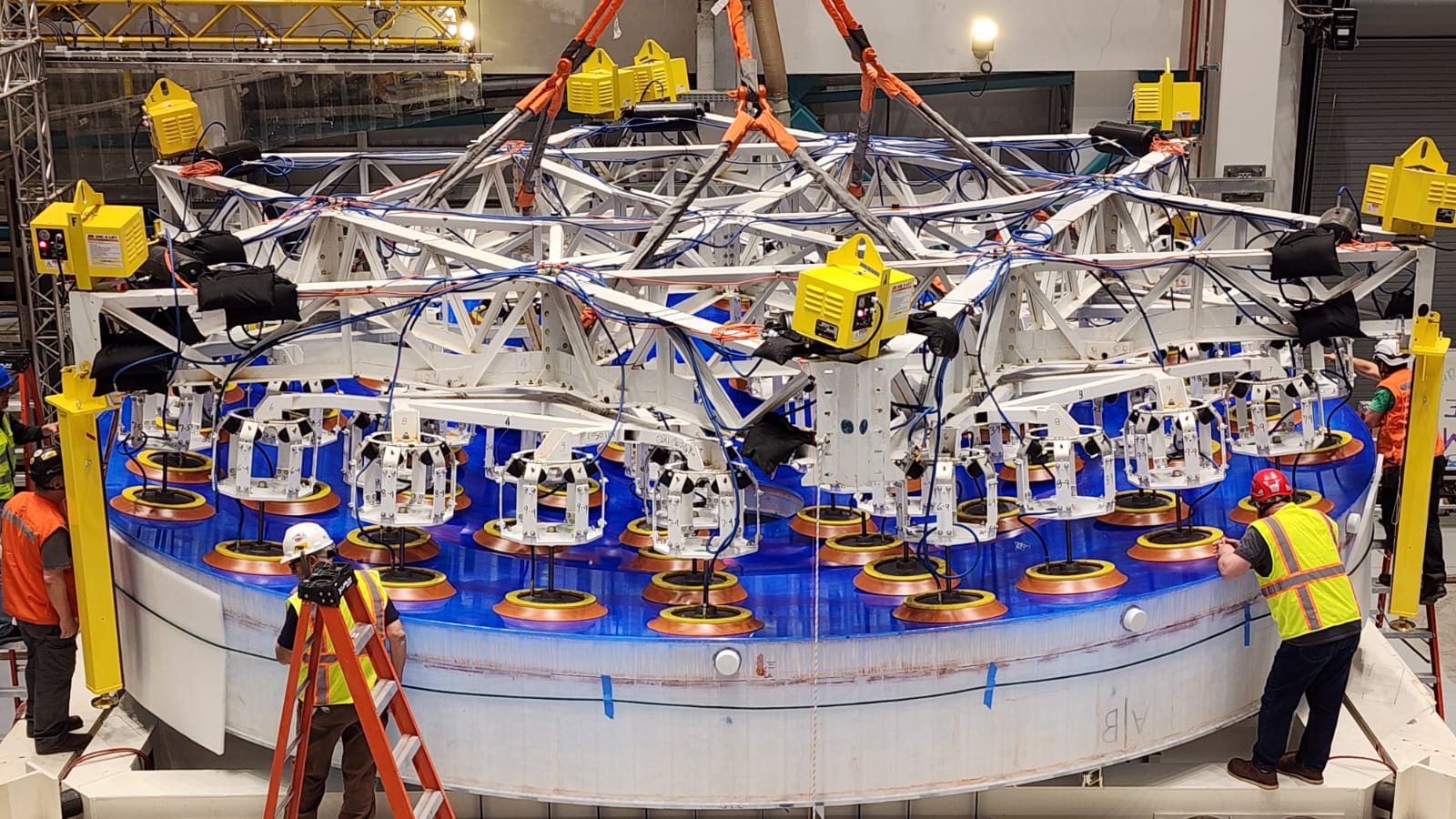
Attaching the mirror to the telescope. Source: RubinObs/NSF/AURA
The main challenge is to achieve a wide field that lets us image the entire sky rapidly, yet is free of optical distortions. The chief problem of mirror-based Newtonian telescopes is spherical aberration caused by the mirror’s curvature. Far-off-axis objects are stretched outward and stars take on comet-like shapes (similar to a fisheye lens). To mitigate this, a secondary mirror (m2 in the diagram) moderates the light rays’ angles and prevents the aberration.
With this method astigmatism still occurs, namely, optical distortions that intensify toward the edges of the image, much like what people with astigmatism experience. The phenomenon blurs images, produces unsharp details, distorts object shapes, lowers contrast, and causes focus issues. To solve this, the telescope at the Rubin Observatory includes additional secondary mirrors (the mirrors in the center of the diagram) that correct edge distortions through counter-deformation [6].

Optical design of the telescope. Source: http://www.ast.cam.ac.uk/about/three-mirror.telescope
Now for the location. The telescope is being built on Cerro Pachón, a peak in Chile’s Atacama Desert (Desierto de Atacama) in the north of the country, an area ideally suited for an observatory [7]. The Atacama, most of which lies in Chile, is considered the driest place on Earth. At altitudes of about 5,000 meters, rainfall is almost nonexistent. Thanks to the elevation, dryness, and isolation, the skies are free of clouds and of light pollution—artificial lighting that masks starlight. The thinner atmosphere above the telescope also reduces distortions caused by atmospheric layers, allowing much cleaner images.
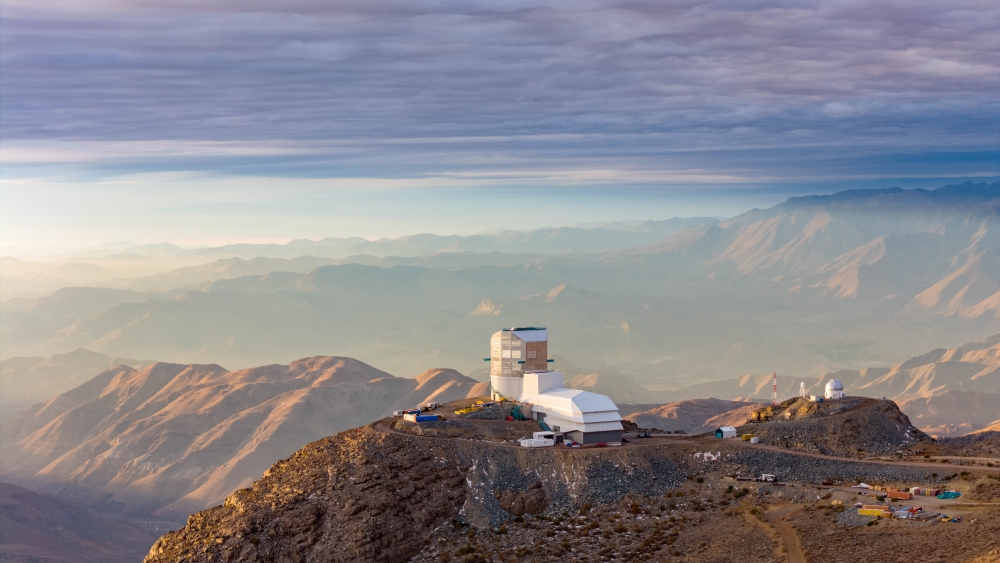
The observatory atop the mountain. Source: Olivier Bonin/SLAC National Accelerator Laboratory
Unlike in the past, today there is no need to draw the images (as was done before the 19th century) or employ human computers to survey them. Images are now stored digitally and can be analyzed and processed by a computer from anywhere in the world. No need to book a flight to Chile—you can keep sitting in your living room.
Data collected at the observatory will be analyzed using the HelioLinc3D software, written using artificial intelligence. Using AI-based image-processing techniques, the software scans astronomical images, analyzes large data volumes, and helps identify patterns and orbits of asteroids. The program has already made history: for the first time in astronomy, it discovered an asteroid that could pose a threat to Earth [8–9].
So there is much to look forward to: the Vera Rubin Observatory, named after a trailblazing woman, will allow scientists to deepen our understanding of the sources of gravity, galaxy formation, and complex cosmological processes.
Hebrew editing: Smadar Raban
English editing: Elee Shimshoni
References:
